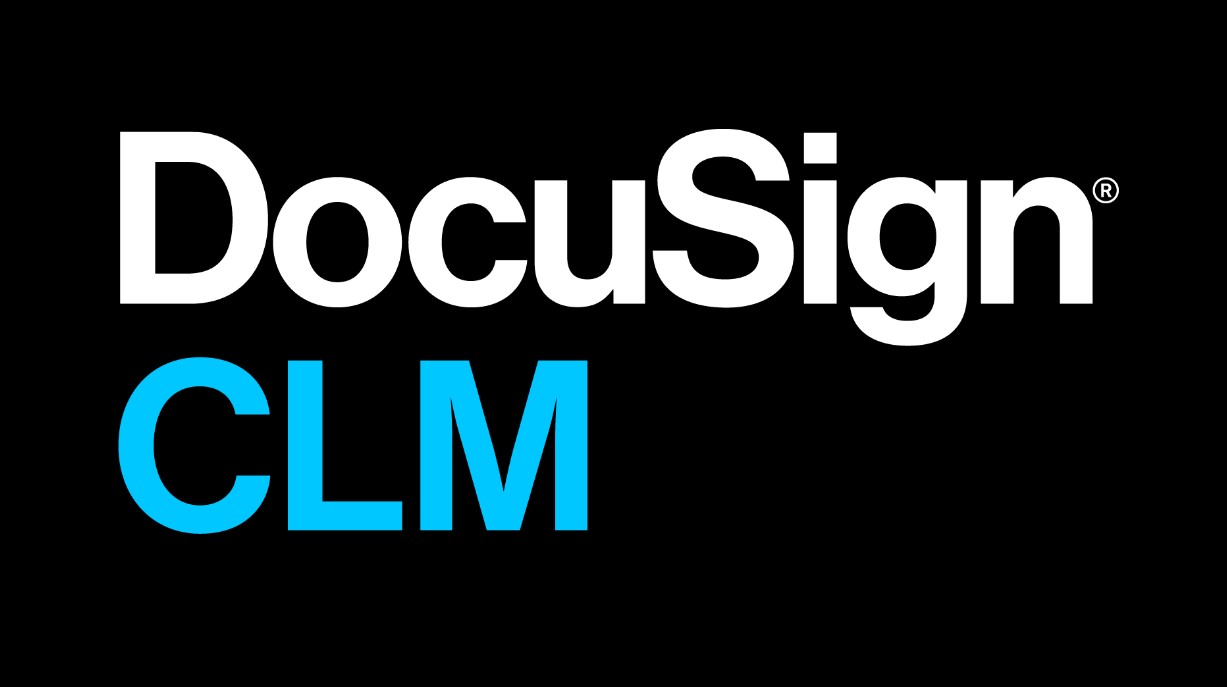Description
Introduction of Relativity Assisted Review
In today’s fast-paced legal environment, efficient document review is critical for successful e-discovery. Relativity Assisted Review harnesses the power of machine learning to enhance the document review process, allowing legal teams to prioritize relevant documents more effectively and reduce the overall review time. This training course focuses on the principles and practical applications of Relativity Assisted Review, providing participants with the skills to leverage machine learning technologies to streamline their e-discovery efforts. By the end of the course, attendees will understand how to implement and manage Assisted Review projects effectively, maximizing efficiency and accuracy in document review.
Learning Outcomes:
- Understand the fundamentals of Assisted Review and its role in e-discovery.
- Learn how to set up and manage an Assisted Review project in Relativity.
- Gain insights into training machine learning models and evaluating their performance.
- Master best practices for leveraging machine learning to enhance document review workflows.
Prerequisites:
- Basic knowledge of the Relativity platform and its interface.
- Familiarity with e-discovery processes and terminology.
- Recommended: Completion of introductory courses such as “Introduction to Relativity: Fundamentals of e-Discovery” or “Managing Cases and Workspaces in Relativity.”
Table of Contents
1: Introduction to Assisted Review
1.1 Understanding Assisted Review
1.1.1 Definition and importance of Assisted Review in e-discovery.
1.1.2 Overview of machine learning concepts relevant to legal review.
1.2 The Role of Machine Learning in E-Discovery
1.2.1 How machine learning improves document review efficiency and accuracy.
1.2.2 Key terminology: predictive coding, training sets, and relevance.
1.3 Navigating the Relativity Interface for Assisted Review
1.3.1 Overview of the Relativity Assisted Review module.
1.3.2 Key features and functionalities relevant to document review.
2: Setting Up an Assisted Review Project
2.1 Preparing for an Assisted Review Project
2.1.1 Key considerations and requirements for setting up a project.
2.1.2 Identifying goals, data sources, and team roles.
2.2 Creating a New Assisted Review Project in Relativity
2.2.1 Step-by-step process for initiating a project in Relativity.
2.2.2 Configuring project settings and parameters.
2.3 Defining the Scope and Objectives
2.3.1 Establishing the scope of review: criteria and timelines.
2.3.2 Communicating project goals to the review team.
3: Training Machine Learning Models
3.1 Understanding Training Sets
3.1.1 Definition and importance of training sets in Assisted Review.
3.1.2 Selecting and curating a representative sample of documents.
3.2 Building and Training the Model
3.2.1 Step-by-step guide to training machine learning models in Relativity.
3.2.2 Techniques for reviewing and tagging documents effectively.
3.3 Evaluating Model Performance
3.3.1 Key metrics for assessing the effectiveness of trained models (precision, recall, F1 score).
3.3.2 Techniques for validating model performance and making adjustments.
4: Managing the Review Process
4.1 Executing the Document Review
4.1.1 Overview of the document review workflow in Assisted Review.
4.1.2 Strategies for effectively managing reviewer workloads.
4.2 Leveraging Machine Learning for Prioritization
4.2.1 How machine learning informs document prioritization and tagging.
4.2.2 Techniques for utilizing predictive coding to streamline review.
4.3 Monitoring and Adjusting the Review Process
4.3.1 Tools for tracking progress and performance during review.
4.3.2 Strategies for making real-time adjustments based on insights.
5: Advanced Features of Assisted Review
5.1 Utilizing Continuous Active Learning (CAL)
5.1.1 Overview of CAL and its benefits for ongoing document review.
5.1.2 Techniques for implementing CAL within Relativity.
5.2 Integrating Assisted Review with Other Relativity Tools
5.2.1 Understanding how Assisted Review interacts with other Relativity modules (e.g., analytics, reporting).
5.2.2 Best practices for utilizing multiple tools in tandem.
5.3 Handling Complex Document Sets
5.3.1 Strategies for managing large or complex data sets during review.
5.3.2 Techniques for ensuring thoroughness and accuracy.(Ref: Security and Compliance in Relativity: Protecting Sensitive Data)
6: Best Practices and Compliance
6.1 Establishing Best Practices for Assisted Review
6.1.1 Guidelines for ensuring effective use of Assisted Review technologies.
6.1.2 Importance of documentation and communication throughout the process.
6.2 Compliance Considerations
6.2.1 Understanding legal and regulatory requirements related to Assisted Review.
6.2.2 Strategies for ensuring compliance and mitigating risk.
6.3 Conducting Post-Review Analysis
6.3.1 Techniques for analyzing review outcomes and documenting findings.
6.3.2 Importance of feedback loops for continuous improvement.
7: Case Studies and Real-World Applications
7.1 Examining Successful Implementations
7.1.1 Analyzing case studies of successful Assisted Review projects.
7.1.2 Lessons learned and key takeaways from real-world applications.
7.2 Group Discussions and Sharing Experiences
7.2.1 Facilitating group discussions on challenges and successes in implementing Assisted Review.
7.2.2 Sharing best practices among participants.
7.3 Application of Learned Techniques
7.3.1 Group activities to apply learned techniques to sample document sets.
7.3.2 Encouraging collaboration and idea exchange among participants.
8: Final Review and Hands-on Practice
8.1 Practical Exercise: Implementing Assisted Review
8.1.1 Hands-on activity to create and manage an Assisted Review project using Relativity.
8.1.2 Participants apply learned techniques in a guided exercise.
8.2 Best Practices Recap
8.2.1 Review of key concepts and practices covered throughout the course.
8.2.2 Discussion of common challenges and solutions.
8.3 Final Q&A and Course Conclusion
8.3.1 Open forum for questions and clarifications.
8.3.2 Feedback and resources for further learning.
This course will empower participants to effectively leverage Relativity Assisted Review and machine learning technologies to enhance their e-discovery processes, improving efficiency and accuracy in document review efforts.







Reviews
There are no reviews yet.